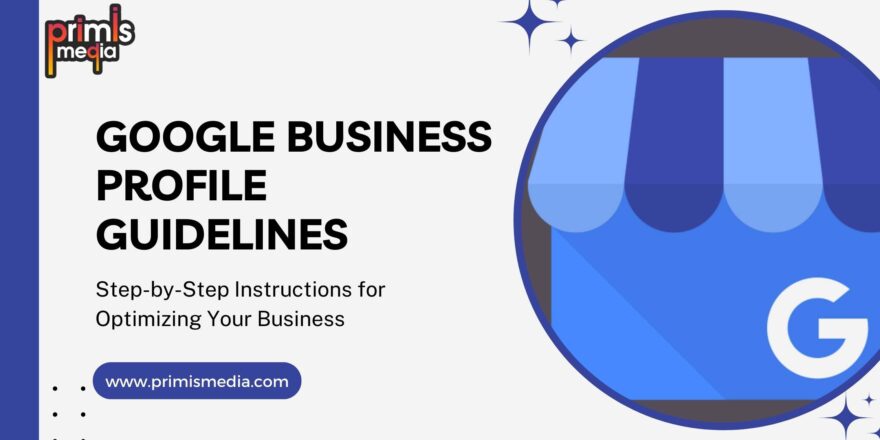Selling online can be a lucrative business, but it’s not without its challenges. From setting up your online store to marketing your products, there are many factors that contribute to your e-commerce success. Unfortunately, many entrepreneurs make common mistakes that can hurt their sales and overall success. That’s why we’ve put together this guide to help you avoid these pitfalls and boost your online sales.
In this article, we’ll explore the 7 most common mistakes that e-commerce businesses make and provide practical tips and strategies to help you overcome them. Whether you’re just starting out or you’ve been selling online for a while, this guide will provide valuable insights to help you grow your business and achieve your e-commerce goals. So, let’s dive in and start optimizing your online store for success!
The Importance of Avoiding Common E-Commerce Mistakes
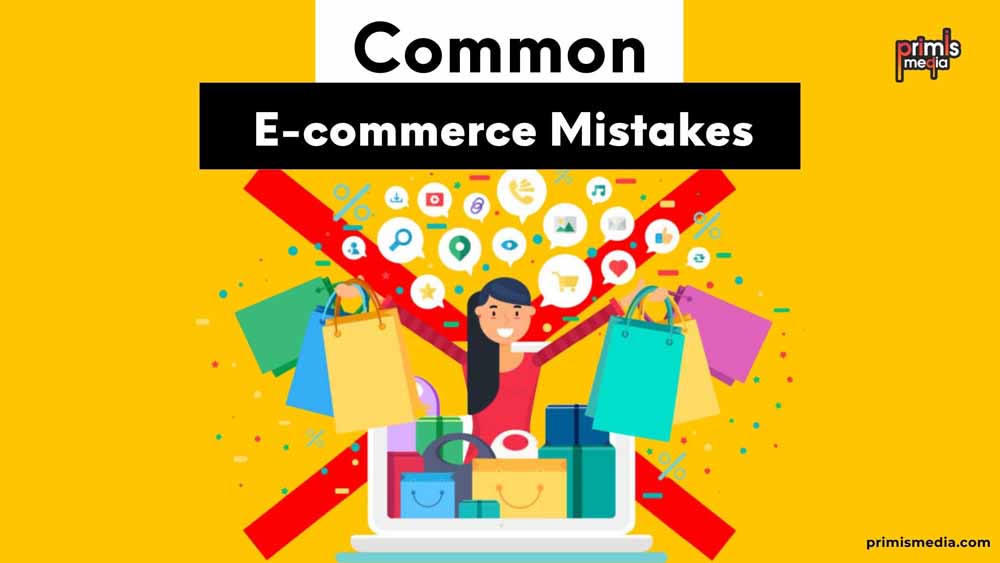

Before we dive into the top mistakes that e-commerce businesses make, it’s important to understand why avoiding these mistakes is so crucial to your success.
The reality is that the e-commerce landscape is incredibly competitive, with countless businesses vying for the attention of online shoppers. If you’re not putting your best foot forward and providing a seamless shopping experience for your customers, you’re likely to lose out to your competitors.
Furthermore, the cost of acquiring new customers is often quite high in the e-commerce world.
So, if you’re not maximizing the value of each customer by providing an exceptional shopping experience, you’re leaving money on the table. By avoiding common e-commerce mistakes, you can ensure that your online store is optimized for success and that you’re able to attract and retain loyal customers.
E-commerce Mistake #1: Poor Website Design and User Experience


When it comes to e-commerce success, your website design and user experience are absolutely critical. Your website is often the first impression that potential customers will have of your business, so it’s important to make sure that it’s visually appealing, easy to navigate, and optimized for conversions.
One common mistake that e-commerce businesses make is having a cluttered or confusing website design. If your website is difficult to navigate or looks unprofessional, potential customers are likely to click away and never return.
Additionally, if your website is slow to load or doesn’t work well on mobile devices, you’re likely to lose even more customers.
To avoid this mistake, it’s important to invest in a high-quality website design that is both visually appealing and user-friendly. Make sure that your website is easy to navigate, with clear calls to action and a streamlined checkout process.
Additionally, make sure that your website is optimized for mobile devices, as more and more shoppers are using their smartphones to make purchases online.
E-commerce Mistake #2: Inadequate Product Descriptions and Images


Another common mistake that e-commerce businesses make is inadequate product descriptions and images. When shopping online, customers rely heavily on product descriptions and images to make informed purchasing decisions. If your product descriptions are vague or incomplete, or if your images are low-quality or don’t accurately represent your products, you’re likely to lose sales.
To avoid this mistake, make sure that your product descriptions are detailed and informative, with all of the key features and benefits of your products clearly outlined.
Additionally, make sure that your product images are high-quality and show your products from multiple angles. If possible, include videos or 360-degree views to give customers an even better sense of what they’re buying.
E-commerce Mistake #3: Lack of Customer Engagement and Support
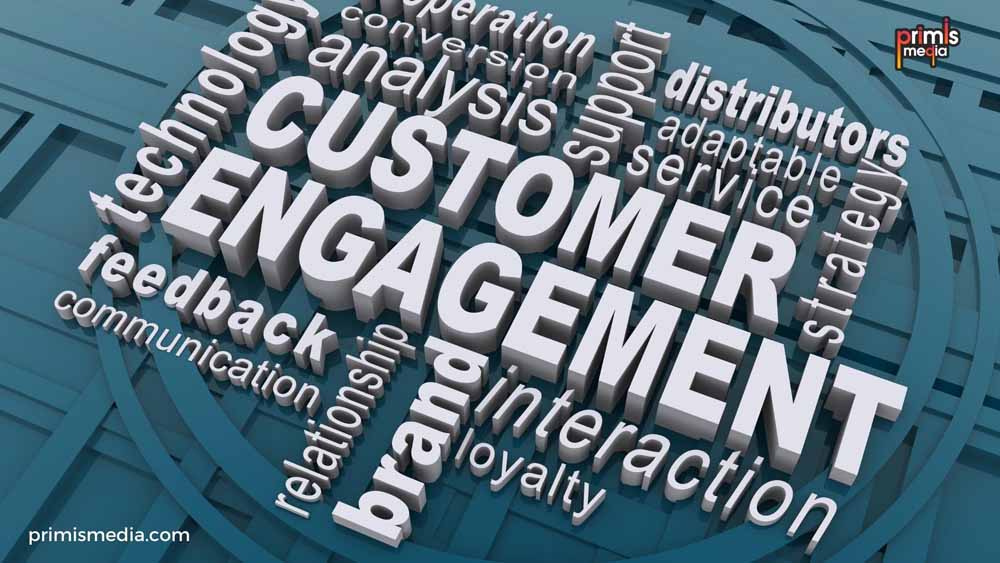

One of the biggest advantages of e-commerce is the ability to engage with customers in real time and provide personalized support. However, many e-commerce businesses fail to take advantage of this opportunity, which can hurt their sales and reputation.
To avoid this mistake, make sure that you’re engaging with your customers on a regular basis, both through your website and social media channels. Respond promptly to customer inquiries and provide personalized support whenever possible.
Additionally, consider implementing live chat or other real-time support options to make it easier for customers to get the help they need.
E-commerce Mistake #4: Ignoring Mobile Optimization


As we mentioned earlier, more and more shoppers are using their mobile devices to make purchases online. If your website isn’t optimized for mobile devices, you’re likely to lose out on a significant amount of business.
To avoid this mistake, make sure that your website is optimized for mobile devices. This means using a responsive design that automatically adjusts to different screen sizes and ensuring that your website loads quickly on mobile devices.
Additionally, make sure that your checkout process is streamlined and easy to use on mobile devices.
E-commerce Mistake #5: Neglecting SEO and Keyword Research
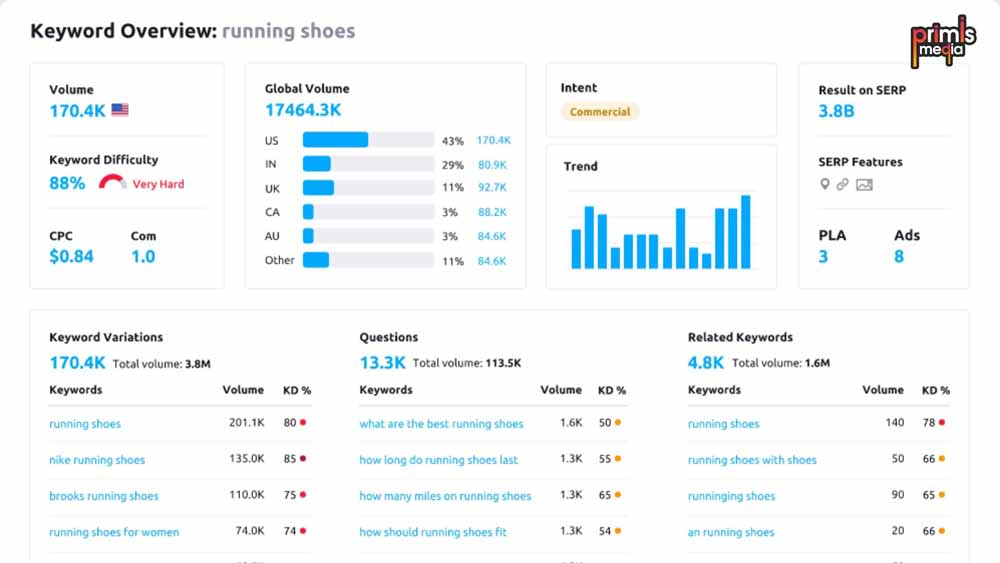

Search engine optimization (SEO) is critical to e-commerce success, as it helps to ensure that your website is visible to potential customers who are searching for products like yours. Unfortunately, many e-commerce businesses neglect SEO and fail to do adequate keyword research, which can hurt their visibility in search engine results pages (SERPs).
To avoid this mistake, make sure that you’re doing thorough keyword research to identify the phrases and terms that potential customers are using to search for products like yours.
Then, optimize your website and product pages accordingly, making sure to use these keywords in your titles, descriptions, and content.
E-commerce Mistake #6: Poor Inventory and Order Management
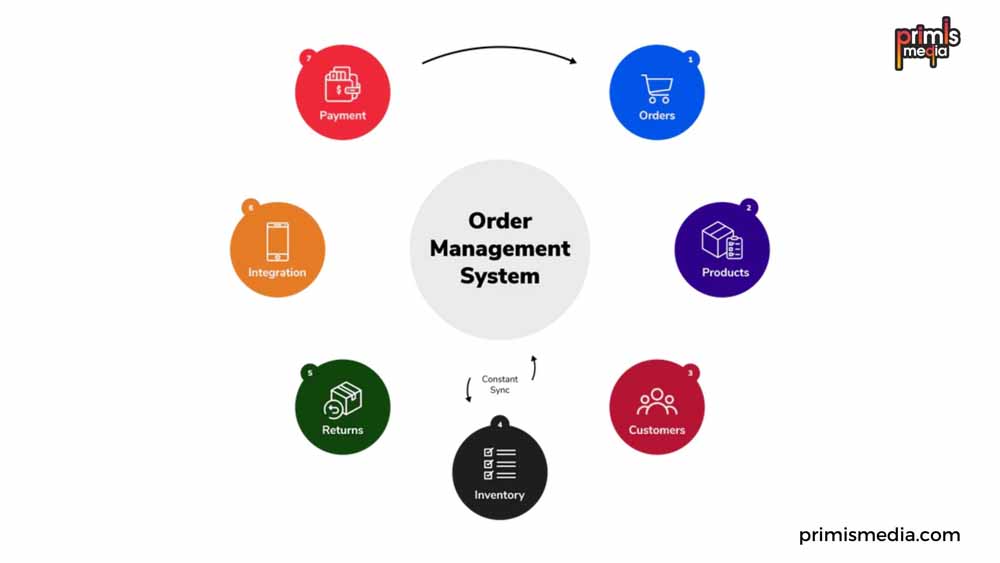

Effective inventory and order management is critical to e-commerce success. If you’re constantly running out of stock or failing to fulfil orders in a timely manner, you’re likely to lose customers and damage your reputation.
To avoid this mistake, make sure that you have a robust inventory and order management system in place. Use tools and software to help you track your inventory levels and automatically reorder products as needed.
Additionally, make sure that you’re fulfilling orders promptly and keeping customers informed about the status of their orders.
E-commerce Mistake #7: Ineffective Advertising and Marketing Strategies


Finally, many e-commerce businesses struggle with ineffective marketing and advertising strategies. If you’re not reaching your target audience or communicating the value of your products effectively, you’re likely to struggle to attract and retain customers.
To avoid this mistake, make sure that you’re using a variety of marketing and advertising channels to reach your target audience. This might include social media advertising, email marketing, influencer marketing, and more.
Additionally, make sure that you’re communicating the unique value of your products effectively, using compelling copy and visuals to capture the attention of potential customers.
Tips and Strategies to Avoid These Mistakes and Boost E-Commerce Success
Now that we’ve explored the top 7 mistakes that e-commerce businesses make, let’s take a look at some practical tips and strategies to help you avoid these mistakes and boost your online sales.
- Invest in a high-quality website design that is visually appealing and user-friendly
- Create detailed and informative product descriptions and high-quality product images
- Engage with customers regularly and provide personalized support whenever possible
- Optimize your website for mobile devices to capture mobile shoppers
- Conduct thorough keyword research and optimize your website and product pages accordingly
- Implement a robust inventory and order management system to ensure timely fulfilment
- Use a variety of marketing and advertising channels to reach your target audience and communicate the unique value of your products
By following these tips and strategies, you can avoid common e-commerce mistakes and position your online store for success.
Conclusion and Recap of Key Takeaways
In conclusion, e-commerce success requires careful attention to a variety of factors, from website design and user experience to product descriptions and mobile optimization.
By avoiding common mistakes and implementing best practices, you can attract and retain loyal customers and grow your online business. Remember to invest in a high-quality website design, create detailed product descriptions and high-quality images, engage with customers regularly, optimize your website for mobile devices, conduct thorough keyword research, implement a robust inventory and order management system, and use a variety of marketing and advertising channels to reach your target audience.



